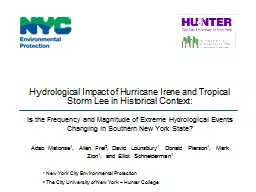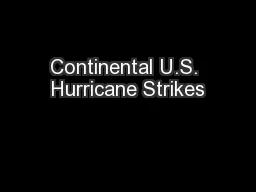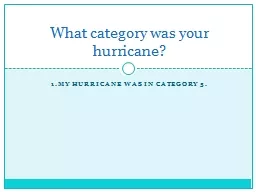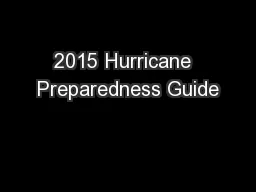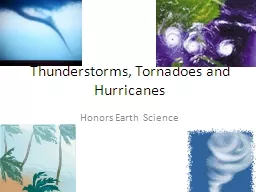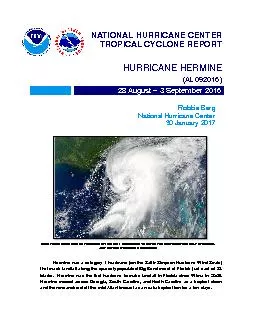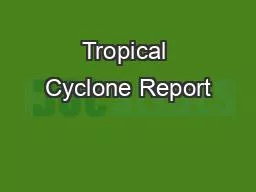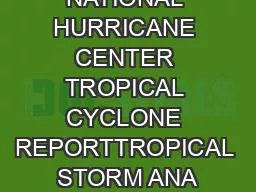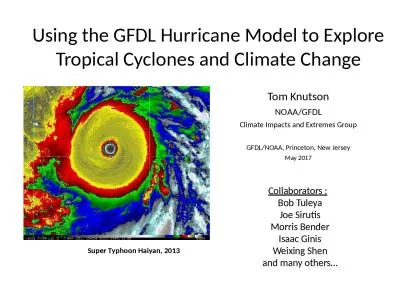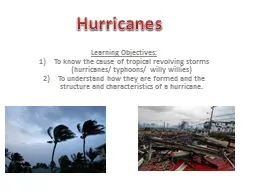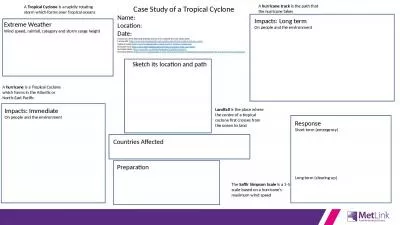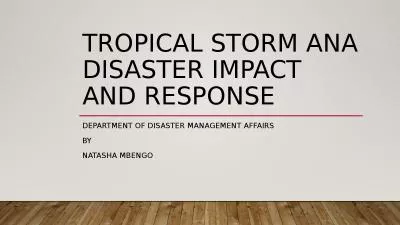PPT-Hydrological Impact of Hurricane Irene and Tropical Storm L
Author : briana-ranney | Published Date : 2016-07-27
Is the Frequency and Magnitude of Extreme Hydrological Events Changing in Southern New York State Adao Matonse 1 Allan Frei 2 David Lounsbury 1 Donald Pierson
Presentation Embed Code
Download Presentation
Download Presentation The PPT/PDF document "Hydrological Impact of Hurricane Irene a..." is the property of its rightful owner. Permission is granted to download and print the materials on this website for personal, non-commercial use only, and to display it on your personal computer provided you do not modify the materials and that you retain all copyright notices contained in the materials. By downloading content from our website, you accept the terms of this agreement.
Hydrological Impact of Hurricane Irene and Tropical Storm L: Transcript
Download Rules Of Document
"Hydrological Impact of Hurricane Irene and Tropical Storm L"The content belongs to its owner. You may download and print it for personal use, without modification, and keep all copyright notices. By downloading, you agree to these terms.
Related Documents

